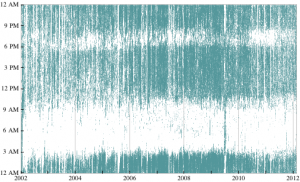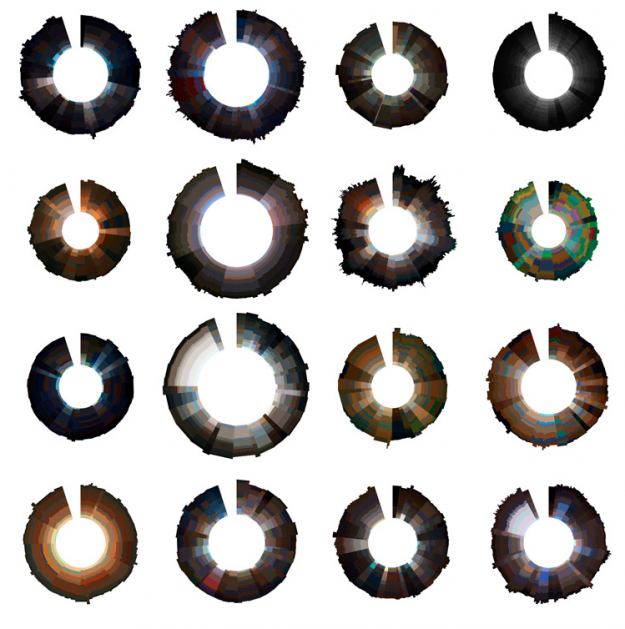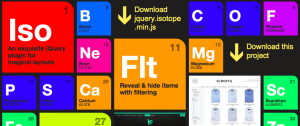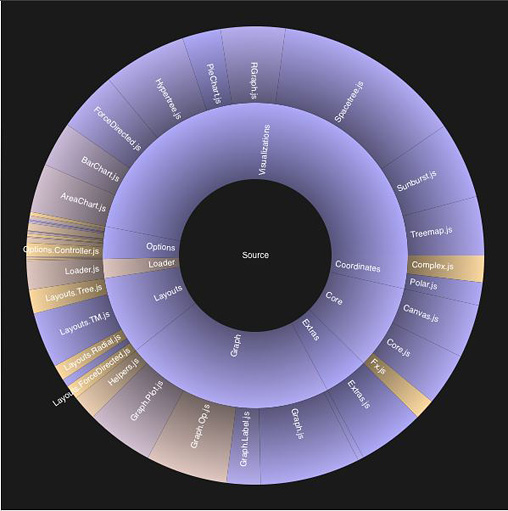Susan pointed me to Leximancer which is a commercial text analysis tool that creates mind maps of your information. I’m struck by how compelling people find mind maps.
Leximancer enables you to navigate the complexity of text in a uniquely automated fashion. Our software identifies ‘Concepts’ within the text – not merely keywords but focused clusters of related, defining terms as conceptualised by the Author. Not according to a predefined dictionary or thesaurus.
The Concepts are presented in a compelling, interactive display so that you can clearly visualise and interrogate their inter-connectedness and co-occurrence – which is as important as the Concepts themselves – right down to the original text that spawned them.







